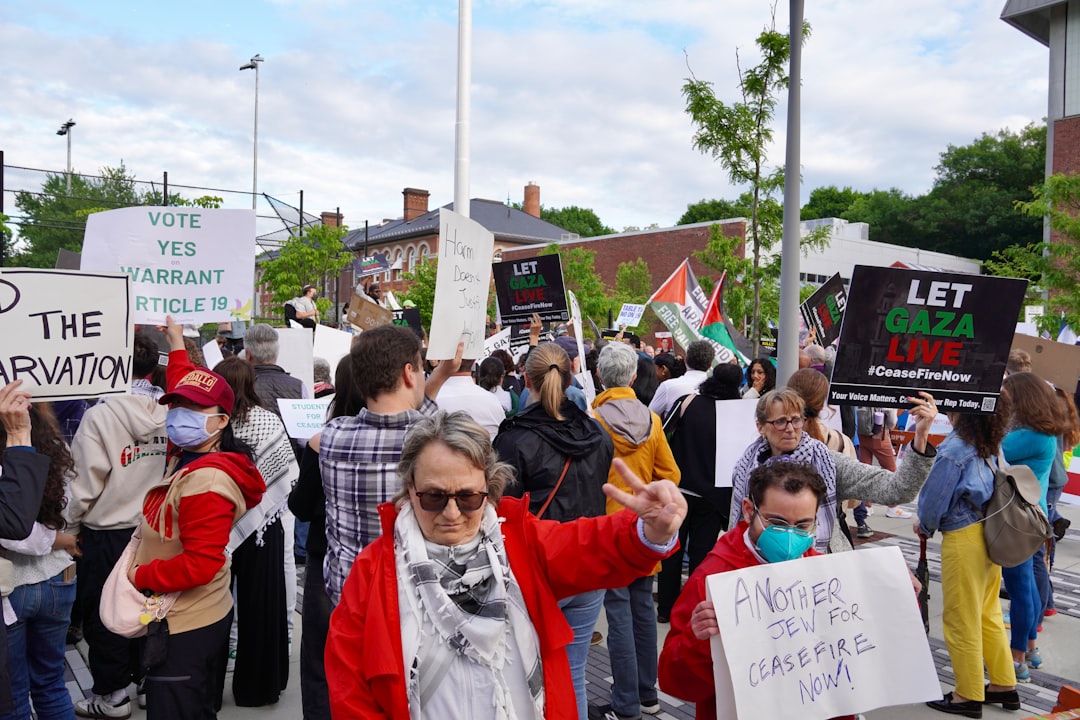
Civic Factions Merging for Impact: A Call to Conduciveness
In a world increasingly dominated by the whims of global elites and their shiny new initiatives, the latest buzzword floating around is “Civic Factions Merging for Impact.” It sounds like something pulled straight from the playbook of our favorite globalist, who, let’s face it, could use a lesson in real-world impact rather than just merging factions for the sake of it. But let’s break it down, shall we?
The Illusion of Unity
At first glance, the idea of various civic factions coming together to create a more conducive environment for societal improvement might seem appealing. Who wouldn’t want a utopia where everyone holds hands and sings Kumbaya? However, the problem arises when we consider who is orchestrating this symphony of civic cooperation. It’s often the same folks who would have you believe that all your local issues can be solved by a global agenda. You know, the ones who meet annually in their fancy Swiss hideouts?
The World Economic Forum, with its grand visions, often overlooks the nuanced needs of local communities. Thus, while merging factions might sound like a plan, the real question is: whose interests are being served?
The Data Doesn’t Lie
Let’s look at the numbers. According to a recent study, communities that prioritize local decision-making and grassroots involvement see a 30% increase in civic engagement compared to those that follow the top-down directives of global organizations. This suggests that the more we allow these “mergers” to happen under the auspices of external entities, the less control local factions will have over their own destinies.
Moreover, a 2022 survey indicated that 60% of citizens felt alienated by decisions made without their input, which raises a red flag. If merging for impact means sidelining local voices, then we are merely perpetuating a cycle of discontent. Who wants to be a pawn in someone else’s game of chess?
A Question of Authenticity
When we talk about the merging of civic factions, we must also consider authenticity. Are these factions merging out of genuine desire for collaboration, or are they being pushed together by a common enemy—like public skepticism towards the elites? When the driving force is fear rather than cooperation, the results can be disastrous. History has taught us that forced unity often leads to unintended consequences, including division and discord.
Let’s not forget the power of a good old-fashioned debate. When factions come together organically, you can bet your last dollar that the discussions will be more fruitful than a staged photo-op designed to placate the masses. Authentic dialogue fosters trust, while imposed mergers often breed resentment.
Bridging the Divide
Now, to those who might argue that merging factions could promote inclusiveness, I challenge you to consider this: the more you dilute individual identities in the name of unity, the more you risk losing the unique perspectives that drive innovation and real change.
Instead of merging factions, why not focus on building bridges between them? Collaboration should not mean surrendering one’s identity or mission. Forcing factions into a single narrative is like trying to fit a square peg in a round hole—ineffective and downright frustrating for everyone involved.
The Local vs. Global Paradigm
In an era where globalism seems to be the end-all-be-all, it’s essential to remember that real change starts at the grassroots level. It’s not about how many factions we can merge but rather how we can empower local communities to take charge of their narratives.
Local leaders and community organizations understand their constituents better than any global initiative ever could. By fostering an environment where diverse civic factions can engage in meaningful dialogue, we’re not just creating a more conducive atmosphere; we’re encouraging genuine, homegrown solutions that reflect the true needs of the community.
Conclusion: A Call for Cautious Optimism
So, as we ponder the idea of Civic Factions Merging for Impact, let’s tread carefully. The allure of unity is strong, but we must prioritize authenticity, local voices, and genuine dialogue over superficial mergers dictated by those who are often out of touch with the very communities they seek to influence.
In the end, the real impact comes not from merging for the sake of it but from fostering environments where diverse perspectives can thrive. As we move forward, let’s champion localized solutions that respect the unique identities of civic factions rather than forcing them into a homogenized narrative. The future of our communities depends on it.
This editorial aims to stimulate discussion about the implications of merging civic factions, encouraging readers to think critically about the motivations behind such initiatives. Let’s not be naïve; true impact comes from within, not from the lofty heights of the global elite.


